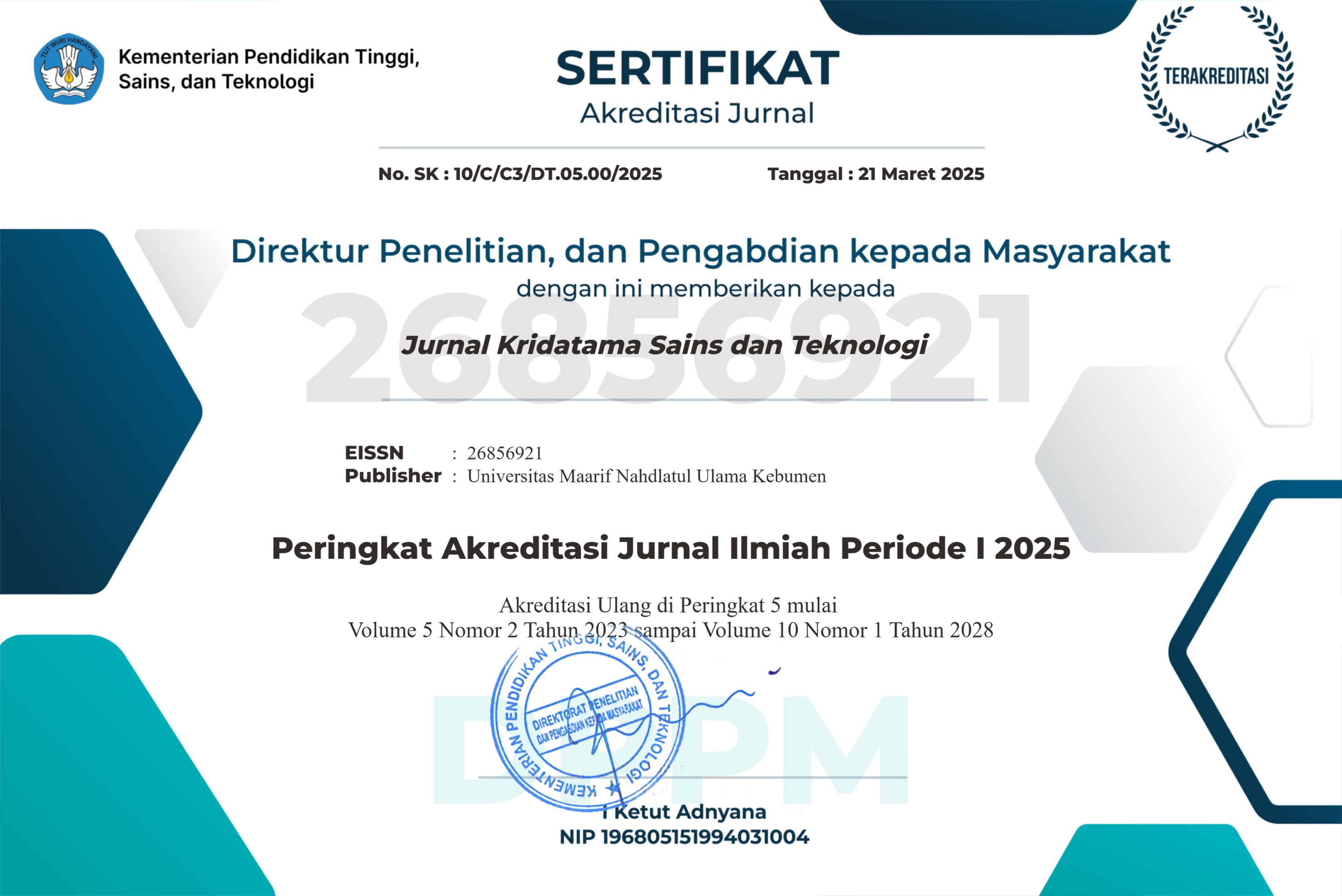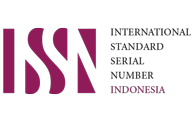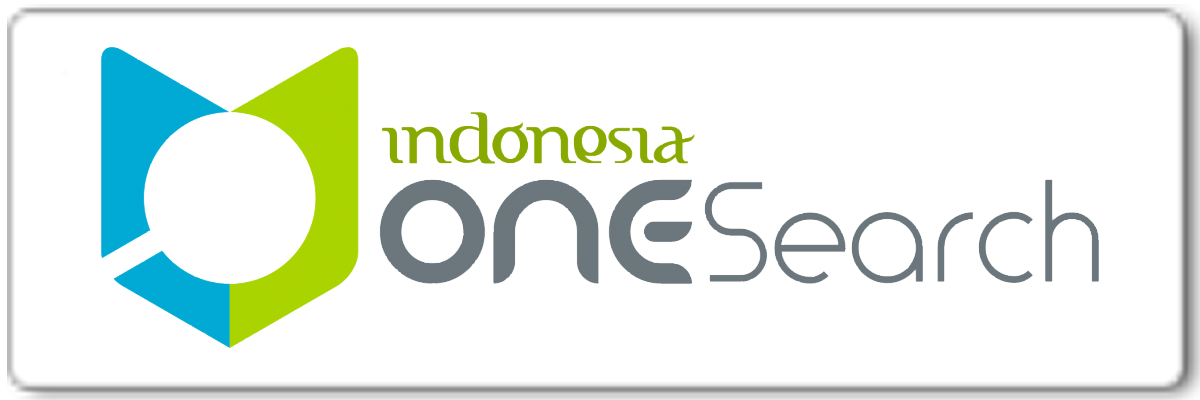Kajian Teoritis: Meningkatkan Efektivitas Proyek Konstruksi Menggunakan Lean, Green, dan Six Sigma
DOI:
https://doi.org/10.53863/kst.v7i01.1628Keywords:
Project Management, Lean, Green, Six Sigma, Sustainable ConstructionAbstract
Sustainable development and growing public awareness of waste and project optimization have become priorities in the construction industry. Lean is a management approach aimed at reducing waste of time and resources. Green emphasizes managing environmental waste through life-cycle evaluation of products and processes. Meanwhile, Six Sigma fokuses on controlling variation and improving process quality to reduce defects. This study aims to theoretically analyze the effectiveness of integrating Lean, Green, and Six Sigma to improve construction project performance. The literature review approach shows that combining these three methods can compensate for individual limitations and create a more resilient system to address waste, energy efficiency, and product quality. In construction, this integration not only reduces costs and time but also contributes significantly to environmental sustainability. Therefore, Lean, Green, and Six Sigma form a strategic and effective combination to enhance efficiency, quality, and sustainability in modern construction projects
References
Banawi, A., Besne, A., Fonseca, D., and Ferrandiz, J., 2020. “A Three Methods Proactive Improvement Model for Buildings Construction Processes.” Sustainability. 12 (4335), 1-14.
Banawi, A., and Bilec, M.M., 2014. “A Framework, to Improve Construction Processes: Integrating Lean, Green, and Six Sigma.” International Journal of Construction Management. 14(1), 45 – 55.
Caiado, R., Nascimento, D., Quelhas, O., Tortorella, G., and Ragel, L., 2018. “Towards Sustainability Through Green, Lean, and Six Sigma Inegration at Service Industry: Review and Framework.” Technological and Economic Development of Economy. 24 (4), 1659 – 1678.
Chugani, N., Kumar, V., Garza-Reyes, J. A., Rocha-Lona, L., Upadhyay, A., 2017. “Investiganting Green Impact of Lean, Six Sigma, and Lean Six Sigma A Systematic Literature Review”. International Journal of Six Sigma, 8(1), 7-32.
Farrukh, A., Mathrani, S., dan Taskin, M., 2020. “Investigating the Theoretical Constructs of a Green Lean Six Sigma Approach towards Environmental Sustainability: A Systematic Literature Review and Futur eDrection. Sustainabilty 2020, 12, 8248, doi: 10.3390/2198427.
Gaikwad, L., Sunnapwar V., 2020. “An Integrated Lean, Green, and Six Sigma Stategies A Systematic Literature Review and Directions for Future Research”. 2019.” The TQM Journal. 32 (2), 201-225.
Handayani, N. U., Wibowo, M. A., Mustikasi, A., Nurwidanto, I. W., and Dilaga, D. A., 2020. “The Implementation of Lean Construction and Six Sigma Concepts in Light Brick Installation: A Case Study in Cordova Apartment Project.” International Conference on Advanced Mechanical and Industrial Engineering. IOP Conf. Series : Materials Science and Engineering 909 doi:10.1088/1757-899X/909/1/1012048, IOP Publishing.
Kesek, M., Bogacz, P., and Migza, M., 2019. “The Application of Lean Management and ix Sigma tools in Global Mining Enterprises.” 2nd International Conference on The Sustainable Energy and Environmental Development. IOP Conf. Series: Earth and Environmental Science 214 doi:m10.1088/1733-1315/214/012090.
Mularilarj., J., Zailani, S., kuppusamy, S., Santha, C., 2018.”Annotated Methodological Review of Lean Six Sigma”. International Journal of Kean Six Sigma. 9 (1), 2-49.
Sodhi, H. S., Singh, D., and Singh, B. J., 2020. “A Conceptual examination of Lean, Six Sigma, and Kean Six Sigma Models for Managing Waste in manufacturing SMEs.” World Journal of Science, Technology and Sustainable Development. 17(1), 20-32.
Downloads
Published
How to Cite
Issue
Section
License
Copyright (c) 2025 Aditya Ly

This work is licensed under a Creative Commons Attribution-ShareAlike 4.0 International License.
Authors retain copyright and grant the journal right of first publication with the work simultaneously licensed under a Creative Commons Attribution-ShareAlike 4.0 International License that allows others to share the work with an acknowledgment of the work’s authorship and initial publication in this journal

















